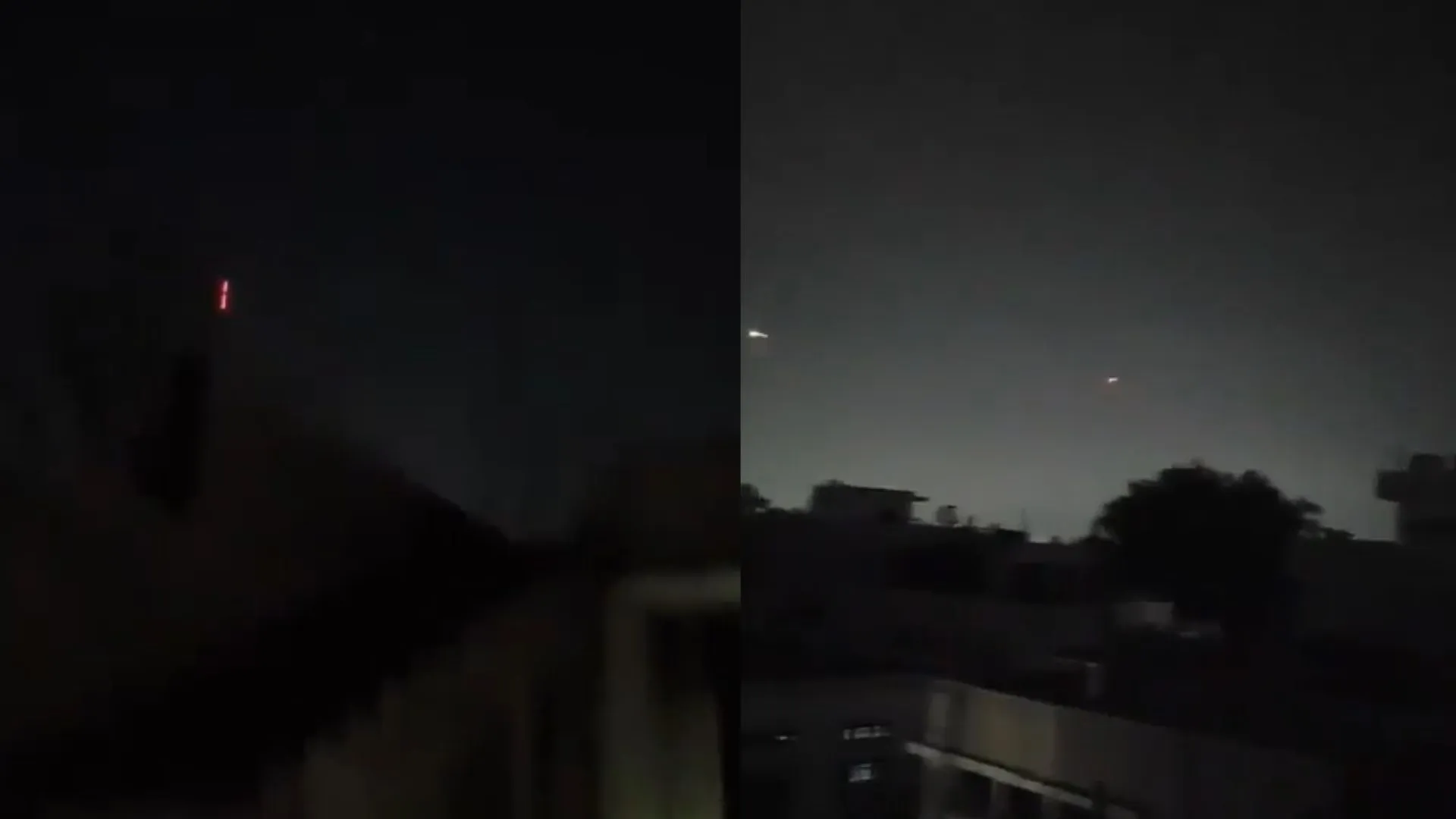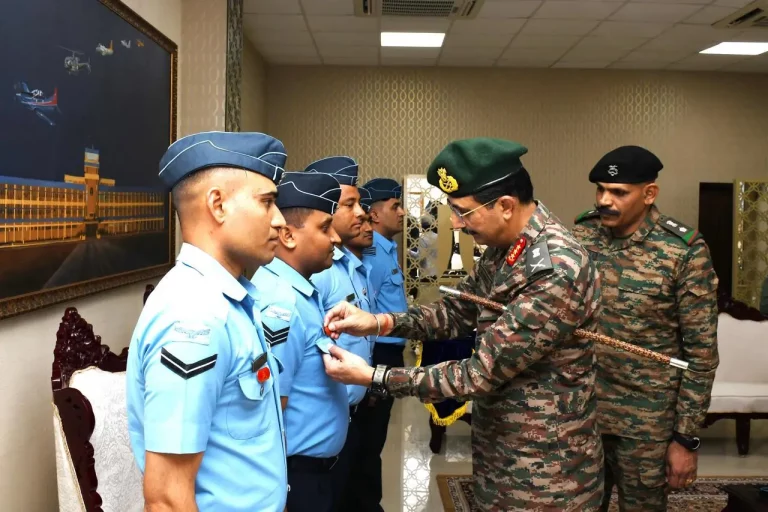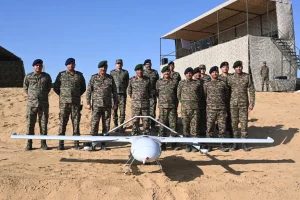In a significant escalation of hostilities along the Line of Control (LoC), the Indian Army’s Air Defence Units successfully shot down two Pakistani drones in the Naushera sector of Jammu and Kashmir. This incident, which occurred on Thursday, was followed by a heavy exchange of artillery fire between Indian and Pakistani forces, intensifying the already volatile situation.
The Naushera sector, located in the Rajouri district, has recently emerged as a focal point for military engagement. Defense sources confirmed that Indian troops acted promptly to neutralize the drones, preventing any potential harm. The Indian Army described its artillery response as “calibrated,” stating that it was triggered by a ceasefire violation from the Pakistani side. Fortunately, no immediate casualties were reported from this skirmish.
This confrontation comes on the heels of “Operation Sindoor,” a strategic military initiative launched by India to dismantle terrorist infrastructure in Pakistan and Pakistan-occupied Jammu and Kashmir (PoJK). This operation was a direct response to a deadly terrorist attack on April 22 in Pahalgam, which resulted in the deaths of 26 tourists and stirred national outrage. India has attributed the attack to Pakistan-backed militant groups, notably Lashkar-e-Taiba, although Pakistan has denied these allegations.
Since the commencement of Operation Sindoor, violence along the LoC has escalated dramatically. Reports indicate that at least 16 Indian civilians have lost their lives due to Pakistani shelling, while Pakistan claims 31 civilian casualties from Indian retaliatory strikes. Experts view this resurgence of violence as one of the most serious escalations since the 2019 Balakot airstrikes.
On May 7, Pakistan’s military asserted that it had shot down 29 Indian drones that allegedly breached its airspace. Simultaneously, India reported successfully intercepting multiple Pakistani drones and missiles aimed at sensitive military installations in Jammu, Pathankot, and Udhampur. Additionally, unverified reports suggest that a Pakistani pilot may have been captured after ejecting from a downed aircraft, possibly in the Akhnoor or Jaisalmer region, though official statements from either nation are yet to confirm this.
The global community has expressed growing concern over the deteriorating situation. Notable entities such as the United States, Russia, and the European Union have condemned the rising violence and urged both countries to exercise restraint. Diplomatic efforts are reportedly underway to prevent the outbreak of a full-scale war.
India’s Foreign Secretary has made it clear that any further military provocations from Pakistan will be regarded as an escalation of hostilities. In response, Pakistan’s Foreign Minister asserted that Islamabad “reserves the right to respond at a time and place of its choosing.”
The underlying conflict revolves around the long-standing territorial dispute over Kashmir, which both countries claim entirely but administer in parts. The recent Pahalgam attack, the most lethal on civilians in the region in over two decades, has reignited tensions and prompted India’s current military stance.
As military readiness along the LoC intensifies, apprehension grows among civilians in border areas. Reports of air raid sirens, sporadic explosions, and power outages in parts of Jammu city have contributed to a heightened sense of fear among residents. Local authorities have advised those in vulnerable areas to remain indoors and prepare for potential emergencies.
As two nuclear-armed neighbors edge closer to a possible large-scale conflict, the international community is closely monitoring the situation, advocating for immediate de-escalation and a return to diplomatic dialogue.



















